iPad Pro Gets More Professional
During today’s frenetic keynote for WWDC 2017, iPad Pro news came relatively late in the proceedings, but for those of you wondering what you might buy to replace an old iPad, the news was worth waiting for.
First, though, a short requiem for the 9.7-inch iPad Pro, which has been discontinued as of today. It was a great device (full disclosure: I own one), and it will be missed.
iPad Pro Hardware — But most people probably won’t miss it much, for it has been replaced by a new 10.5-inch iPad Pro, which, along with a refreshed 12.9-inch model, now resides near the upper end of Apple’s iPad lineup.
Most welcome is the new 10.5-inch iPad Pro’s screen real estate: its screen offers 20 percent more area than the 9.7-inch tablet’s screen, with 2224 by 1668 pixels available at 264 pixels per inch (ppi) compared to the 2048 by 1536 pixels available on the discontinued model. (For comparison, the 12.9-inch iPad Pro offers 2732 by 2048 pixels.) Apple squeezed that display into a package that’s only slightly larger than the previous model by reducing the size of the bezel around the screen.
Those pixels are faster, too. Both the 10.5-inch iPad Pro and its bigger sibling, the refreshed 12.9-inch iPad Pro, boast an impressive 120 Hz refresh rate that should make all motion on the screen smoother and more responsive. It should make using the Apple Pencil even more fluid, since the latency is reduced to a mere 20 milliseconds.
That refresh rate won’t be in play all the time because all those pixels are smarter, too: the new tablets employ a technology that Apple calls ProMotion, which adjusts the refresh rate depending on the content being displayed. High motion video, or scrolling, will ramp up the refresh rate, while static images will be refreshed less often, saving on battery and processing power. The pixels are brighter as well, displaying up to 600 nits; they’re more colorful, using the P3 color gamut; and they’re more legible, with a screen reflectivity of only 1.8 percent.
Driving those pixels is a new processor, Apple’s new 64-bit 6-core A10X Fusion chip that, aided by a 12-core GPU, can handle 4K video and speed up model rendering. Apple claims the A10X provides 30 percent faster processing than the older A9X processor and the new GPU delivers 40 percent faster graphics.
Also taking advantage of these processing capabilities are the cameras in the new iPads, which now match those on the iPhone 7: a 12-megapixel camera with optical image stabilization and a six-element lens on the back and a 7-megapixel FaceTime HD camera on the front. The rear camera is accompanied by Apple’s True Tone flash.
All this comes in a package that weighs only 1.03 pounds (469 grams) for the 10.5-inch Wi-Fi model (add 8 grams if you want a cellular model), or 1.49 pounds (677 grams) for the Wi-Fi-only 12.9-incher (cellular capability adds a whopping 15 grams — about half an ounce). Each offers an estimated 10 hours of battery life.
Unsurprisingly, the 12.9-inch iPad Pro retains its physical dimensions, so current cases should continue to fit fine. However, even though the new 10.5-inch iPad Pro is similar in size to the 9.7-inch iPad Pro it replaces, and is the same thickness, it’s 10.6 mm taller and 4.6 mm wider, so most of today’s cases for the previous iPad Pro won’t fit.
For those deeply into technical specifications (and who among us isn’t?), you can find many more details on the iPad Pro Tech Specs page.
iPad-specific iOS Features — But hardware is only half the story, because when iOS 11 comes out (see “iOS 11 Gets Smarter in Small Ways,” 5 June 2017), it will sport a bevy of features designed with the iPad in mind. Not all of these features may work on older iPads, but Apple hasn’t announced details yet. New iPad-specific features include:
- A customizable Dock that provides more than the paltry six icons of previous iOS generations. It even features an area at the right side that predicts which apps you might want to use.
-
A brand new App Switcher that you access by swiping up from the bottom of the screen. It makes moving among apps much more convenient. As a bonus, the App Switcher includes app combinations from multitasking sessions.
-
Files, a new app that lets users peruse locally stored files, iCloud Drive files, and files stored using third-party services such as Dropbox and Box. It looks and works a lot like the Finder on the Mac.
-
Drag-and-drop capability between apps so you can drag text, images, and files from one app to another using the improved multitasking in iOS 11.
-
A new document scanning feature in Notes that can handle multi-page documents and employs image processing to straighten and sharpen scanned images.
In addition, iOS 11 offers additional goodies for iPad Pro users who also have an Apple Pencil. Aside from the general snappiness increase courtesy of the new processors, the Apple Pencil learns a few new tricks in iOS 11:
- A new Instant Notes feature so you can compose notes instantly by tapping the Pencil on the lock screen
-
Markup capability in Notes, Mail, PDFs, and on screenshots
-
Inline drawing in Notes and Mail
-
Handwritten text recognition — no, not the Newton handwriting recognition of yore, but recognition that leaves your handwritten notes looking as you wrote them but that makes them searchable
Pricing and Availability — The new iPad Pro models are available for pre-order now, and will begin shipping by 12 June 2017 in the United States as well as in 37 other countries. The base model iPad Pros ship with 64 GB of storage but can be ordered with up to 512 GB, a nice jump from the previous 256 GB max. They come in silver, space gray, and gold, and Apple added a rose gold color for the 10.5-inch iPad Pro.
How much would you pay to own one of these bits of future kit? The 64 GB 10.5-inch iPad Pro with Wi-Fi costs $649; jumping to 256 GB increases the price to $749, and going to 512 GB raises it to $949. For the 12.9-inch iPad Pro, a 64 GB configuration starts at $799, with 256 GB at $899 and 512 GB at $1099. Add $130 to any configuration to get cellular connectivity as well.
For the 10.5-inch iPad Pro, those prices may seem to be $50 more than the previous 9.7-inch iPad Pro storage configurations. If you look closely, though, the only storage configuration that matches is the 256 GB size, and the new 10.5-inch iPad Pro is actually $50 cheaper there.
Although Apple’s iPad sales have been nothing to cheer about lately, these new Pro models may well reinvigorate this stagnating backwater in Apple’s hardware lineup.
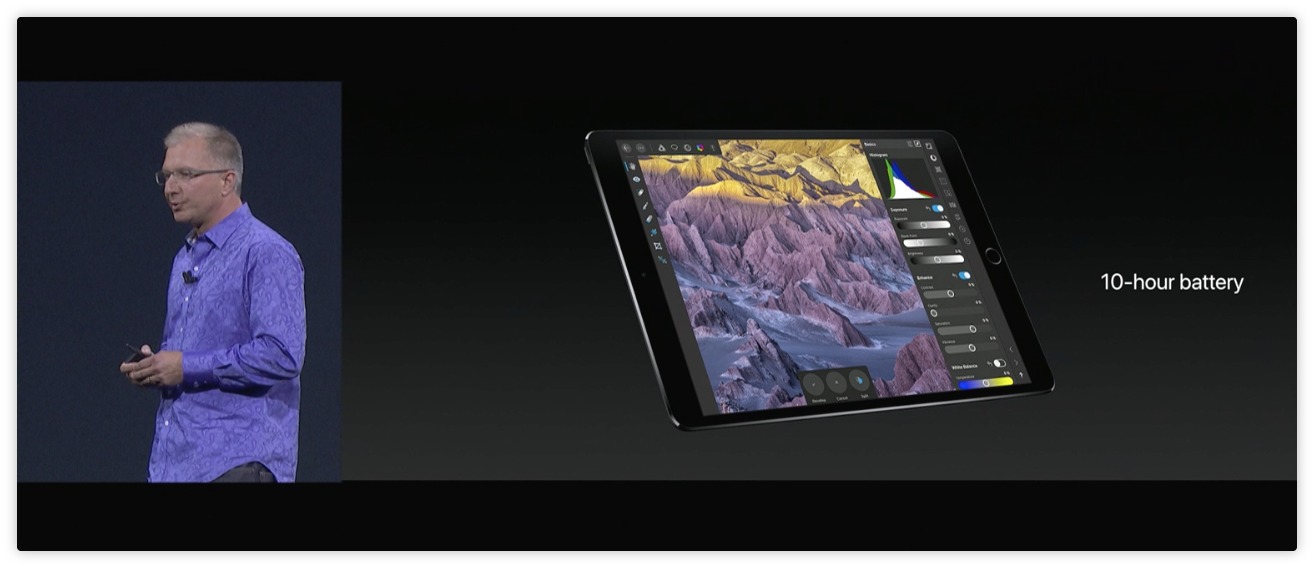
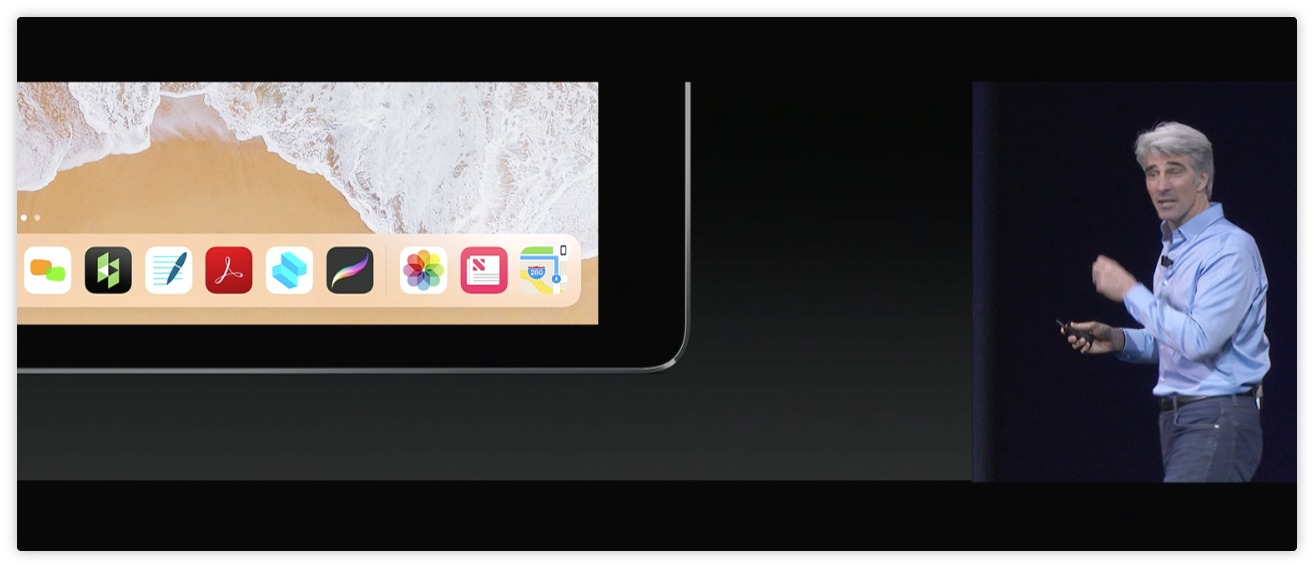

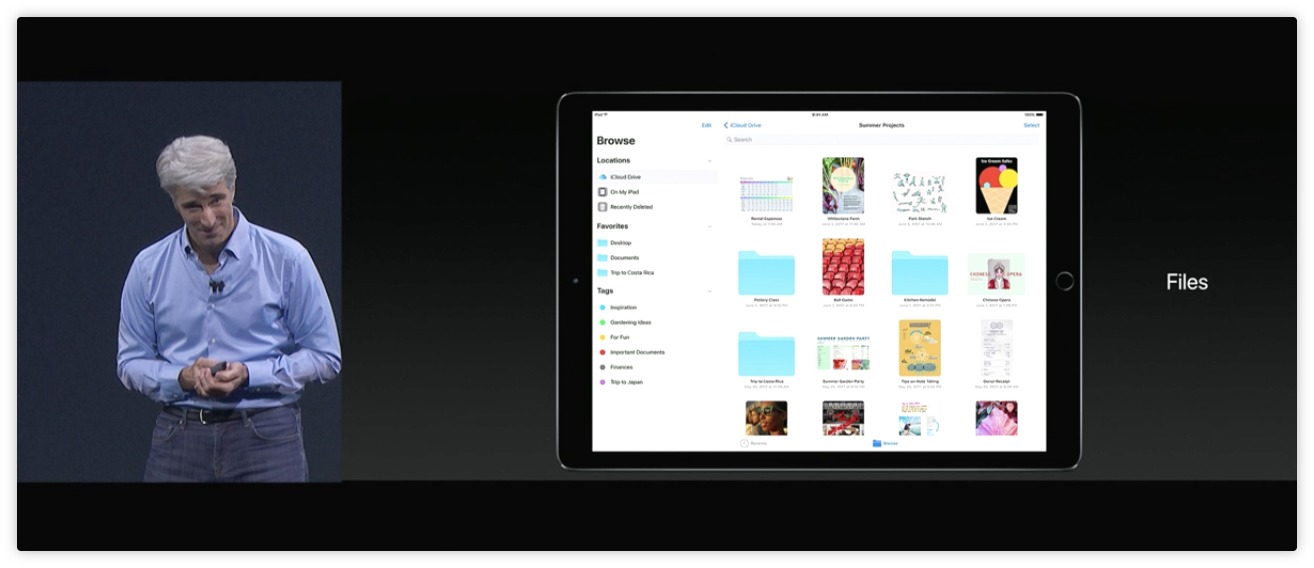
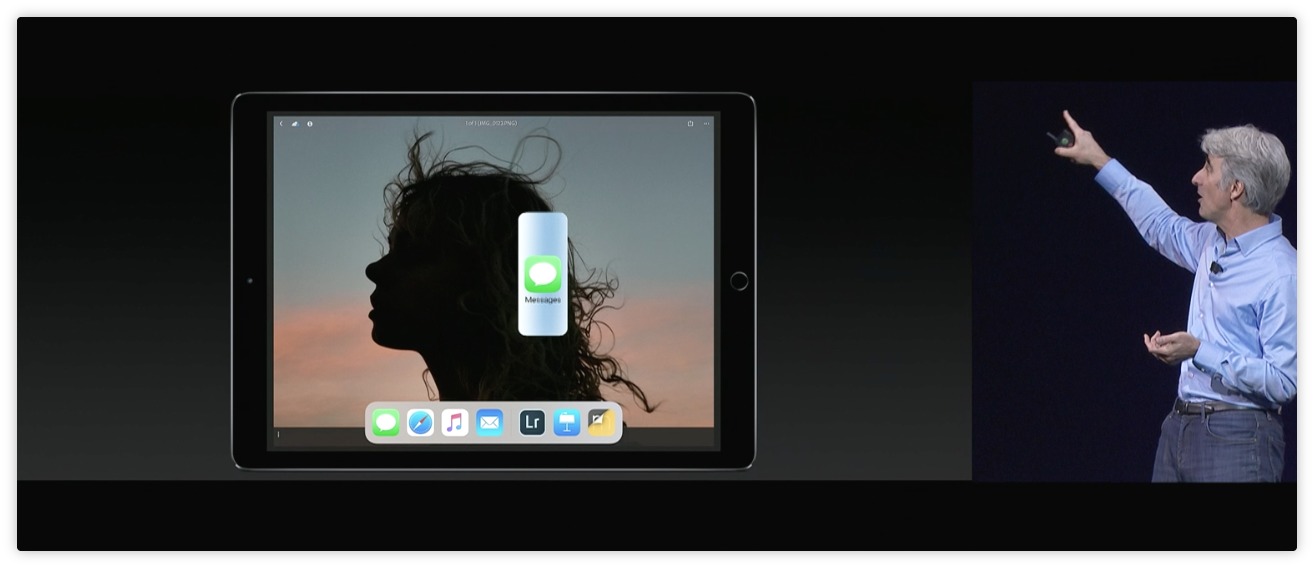
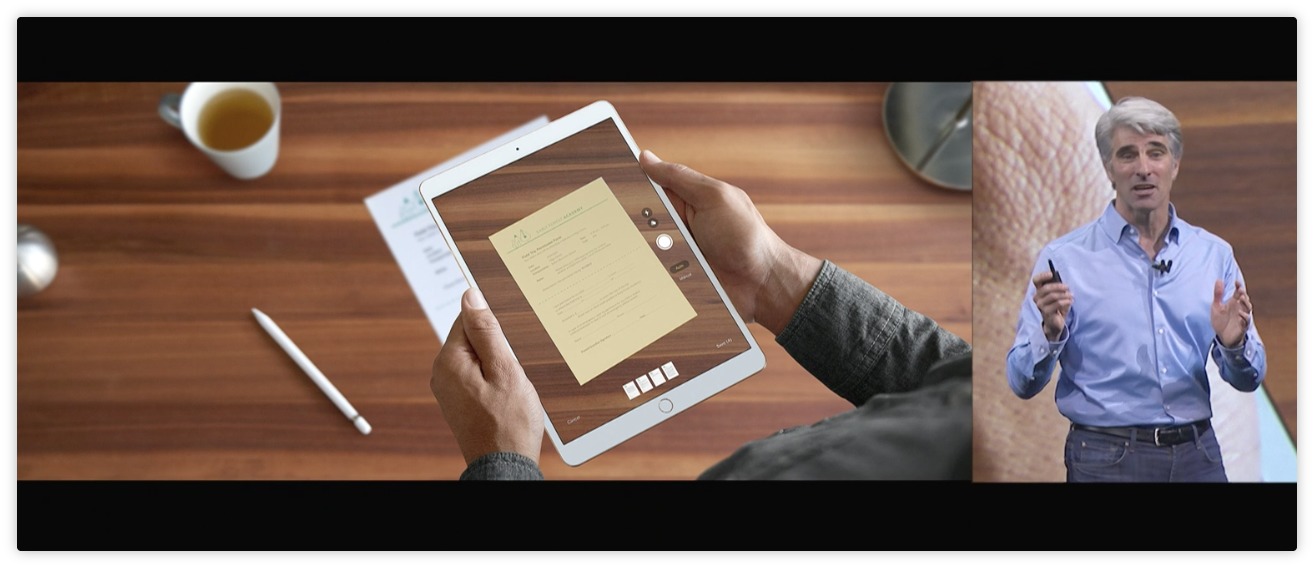
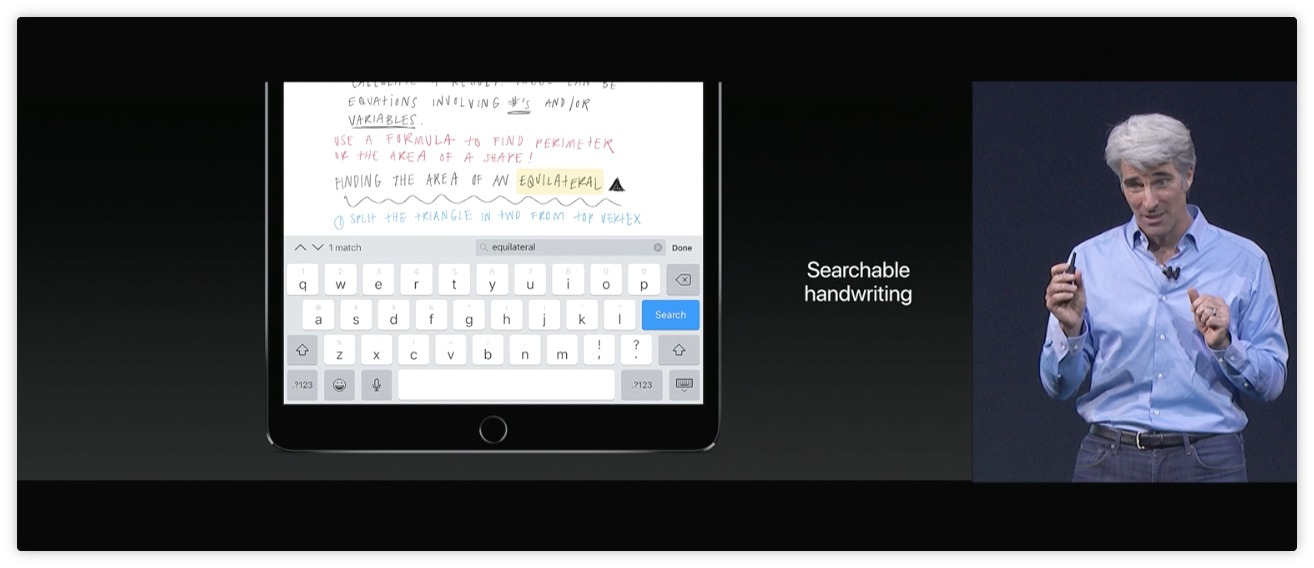
I have to admit that the improvements for the iPad in iOS 11, including the Apple Pencil stuff, was the biggest thing to catch my eye from the Keynote.
The Apple Pencil stuff they highlighted will make the Pencil more useful for me. Currently I don't find that much use for my Apple Pencil as it seems more aimed at artists. With the updates, they appear to be more applicable to those beyond just artists, etc.
The Files app and drag & drop and better Dock, etc looks like it might make the iPad Pro most like a computer and thus more useful. So, I liked those even more than the Apple Pencil improvements.
Most the stuff highlighted for iOS for iPhone and High Sierra did not dazzle much, but time will tell if the improvements under the hood are the real dazzlers. The native no autoplay of videos is nice, but that can largely be accomplished now with extensions (and yes, Macworld is a real pain in the you know what about that...big reason why I rarely go to the Macworld site anymore).
2017 could be the year in which I am going to replace my iPad Air 2 with an iPad Pro with Apple pencil as soon as iOS 11 comes out. The new features, with Files at the top, could very well change the iPad from a 'nice to have extra' to a potential laptop replacement.